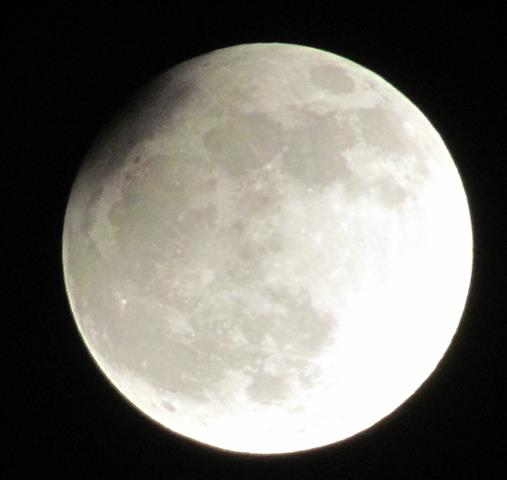

.jpg)
eclipse gsfc nasa gov eclipse html Eclipse Durations Penumbral 04h24m34s Rule - CdT (Damon) Eph. For those on the West Coast, say, in California in the Pacific. Phase 3: (3:02 am): The moon is in the center of Earth’s darkest shade, marking the maximum point of the eclipse. Partial Lunar Eclipse of 2023 Oct 28 Ecliptic Conjunction Greatest Eclipse Penumbral Magnitude 1.1181 Umbral Magnitude O. What time is the partial lunar eclipse 2021 Those on the East Coast should look outside between 1:02 a.m.The moon becomes dark and eventually takes on a reddish hue, substantially more stars will become visible and the overall appearance outside is darker. The changes you see here will be much more dramatic and noticeable. This is when the partial lunar eclipse officially begins. Phase 2 (1:18 am): The moon enters Earth’s dark shadow, or the umbra.You won’t notice much change with this part of the eclipse until the moon is nearly entirely within the penumbra. Phase 1 (12:02 am): The moon enters Earth’s outer shadow, or the penumbra.It will look slightly smaller than the sun, creating the illusion of a ring of fire in the sky. If it's cloudy, you can also opt to watch the eclipse live online at the Virtual Telescope Project. During an annular eclipse, the moon will cover part of the sun. 19 that it will pass through the southern part of the shadow of the Earth for a nearly total lunar eclipse.The partial shadow of the Earth will begin falling on the upper left part of the Moon at 1:02:09 a.m. "With telescopes, seeing how the shadow creeps over the moon's surface is quite fascinating," Cami said. The Moon will be so close to opposite the Sun on Nov. There's no need for special equipment to watch the eclipse, but if you want to boost your viewing experience, try using a telephoto lens on a camera, binoculars or a telescope. The only time there's an exceptionally long partial eclipse is when it is near-total. A solar eclipse happens when the Moon passes between the Sun and Earth, casting a shadow on Earth that either fully or partially.

Depending on how they align, eclipses provide a unique, exciting view of either the Sun or the Moon. He explained that the reason for the length is because it's very close to a total eclipse. A total eclipse has two partial phases - one before the total phase and one after the total phase. Solar eclipses occur when the Sun, the Moon, and Earth line up, either fully or partially. (NASA)Īccording to Cami, the next time a partial eclipse will last this long will be in 2669.
#PARTIAL LUNAR ECLIPSE FULL#
In this case, the partial eclipse phase will last 3 hours, 28 minutes and 24 seconds, and the full eclipse for 6 hours and 1. All of North America, as well as large parts of South America, Polynesia, eastern Australia and northeastern Asia, will be able to see the event, weather permitting. Lunar eclipses occur when the moon passes into the Earth's shadow. Earlier parts of the eclipse are visible farther east, while later times are visible farther west. A world map shows where the eclipse will be visible at the time of greatest eclipse.


 0 kommentar(er)
0 kommentar(er)
